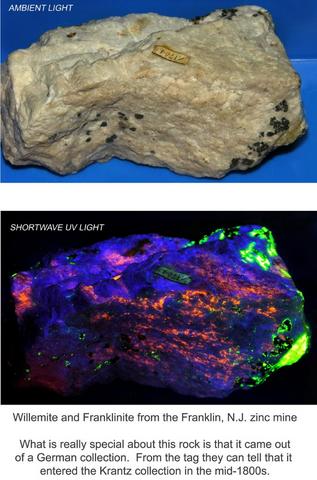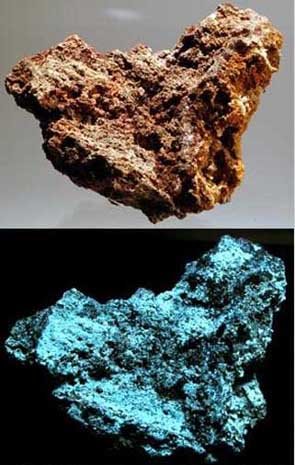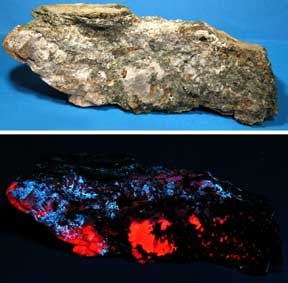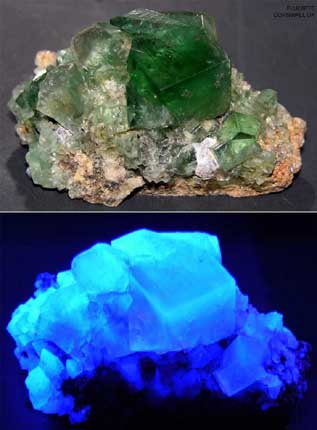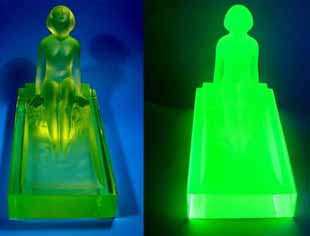Oxygen Concentrator
-
Due to pulmonary dysfunction several years ago my elderly mother used one of these rather than a cylinder of oxygen. Now my sister is having to use one. So I decided to look into the technology and figure out how it is possible to achieve a significant concentration of the amout of oxygen available.
-
The process involves using a zeolite to adsorb nitrogen. Normal air has about 21% oxygen in it, with the majority of the rest of the gasses being nitrogen. These machines bump the oxygen content up to around 90%. Here is what Wiki has to say about these machines:
-
An oxygen concentrator, also called an oxygen generator, is a device used to provide oxygen therapy to a patient at substantially higher concentrations than those of ambient air, used as an alternative to tanks of compressed oxygen. Oxygen concentrators are also used to provide an economical source of oxygen in industrial processes.
-
The simplest oxygen concentrator is capable of continuous delivery of oxygen and has internal functions based around two cylinders, filled with a zeolite material, which selectively adsorbs the nitrogen in the air. In each cycle, air is flowed through one cylinder at a pressure of around 20 lbf/in² (138 kPa, or 1.36 atmospheres) where the nitrogen molecules are captured by the zeolite, while the other cylinder is vented off to ambient atmospheric pressure allowing the captured nitrogen to dissipate. Typical units have cycles of around 20 seconds, and allow for a continuous supply of oxygen at a flow rate of up to approximately five liters per minute (LPM) at concentrations anywhere from 50 to 95 %. This process is called Pressure Swing Adsorption (PSA).
The simplest oxygen concentrator is capable of continuous delivery of oxygen and has internal functions based around two cylinders, filled with a zeolite material, which selectively adsorbs the nitrogen in the air. In each cycle, air is flowed through one cylinder at a pressure of around 20 lbf/in² (138 kPa, or 1.36 atmospheres) where the nitrogen molecules are captured by the zeolite, while the other cylinder is vented off to ambient atmospheric pressure allowing the captured nitrogen to dissipate. Typical units have cycles of around 20 seconds, and allow for a continuous supply of oxygen at a flow rate of up to approximately five liters per minute (LPM) at concentrations anywhere from 50 to 95 %. This process is called Pressure Swing Adsorption (PSA).
This is a link to the complete article: http://en.wikipedia.org/wiki/Oxygen_concentrator
-
You can rent one of these machines, or you can buy one, from among others Amazon.com http://www.amazon.com/Perfecto2-IRC5P-5-Liter-Oxygen-Concentrator/dp/B000Q9Q8ME/ref=pd_bbs_sr_1?ie=UTF8&s=hpc&qid=1197664234&sr=8-1
-
This is the one that my sister is using: http://www.specialtymedicalsupply.com/medical-supply-products/New-EndurO2-Oxygen-Concentrator-w02-alarm.html
--





